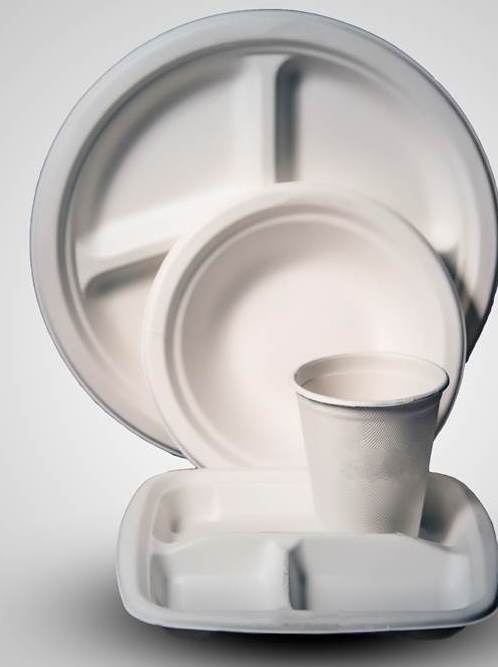 |
|
Bottle Grade PET Granule
which refer to an IV of between 0.75 and 1.00 dl/g. the standard bottle grade has an IV of 0.80 dl/g
Specification |
Analysis Item |
Unit |
Specification |
Intrinsic Viscosity |
dl/g |
0.72-0.82 |
Carboxyl End Group |
% wt |
Max 32 |
DEG Content |
% wt |
Max1.5 |
Melting point |
°c |
249 |
Water Content |
% wt |
Max 0.3 |
Chips weight |
g/100EA |
2.6 |
Chips Dimention |
mm |
3.8*2.6 |
Textile grade PET Granule
Textile grade PET has a molecular weight of 15000 to 20000 g/mol, which refers to an IV of between 0.55 and 0.67 dl/g.
Specification |
Analysis Item |
Unit |
Specification |
Intrinsic Viscosity |
dl/g |
0.63-0.65 |
Carboxyl End Group |
% wt |
Max 32 |
DEG Content |
% wt |
Max1.1 |
Melting point |
°c |
256 |
Water Content |
% wt |
Max 0.25 |
Dioxid titanium |
% wt |
0.30-0.40 |
Chips weight |
g/100EA |
2.6 |
Chips Dimention |
mm |
3.8*2.6 |
Industrial Threads grade PET Granule
Industrial thread should have special characteristics like strength, high modules, resistant against heat shocks, strokes, chemicals and strain.
There are many applications which industrial threads can be used for such as, tyre cords, seatbelt, strong cords, conveyor belts, airbags, fishing nets, sail and medical stitches.
The processing requirements for a PET-SSP plant for tyre cord are different to those for a bottle grade plant: first, the raw material is typically a homopolyester with a melting point of 260°c or higher, secondly the final viscosity of 1.0 to 1.2 is much higher, and thirdly the plant throughputs, typically between 30 and 90 t/d , are much smaller.
Film grade PET Granule
The companies first involved in fiber manufacture recognised the potential value of poly ethylene terephthalate in film from a very early stage.
Polyester Film is another common application for PET. It can be used for recording types and videos, photography and X-ray films.
Solid polyester fibres
Of all man made fibers, poly Ethylene Terephthalate (PET) has become the most dominant, with worldwide usage exceeding 25000 kilotons per year.
The main reason for melt spinning of synthetic fibres is to substitute or even achieve a better property than natural fibres. Price and agricultural issues of cotton fibres and on the other hand ease of production and lower finished price were caused to increase PET fibre production during past decades. In staple fibre production system, cutting length is similar to cotton or wool natural fibre. This would enable us to replace synthetic fibres with natural one.
Acrylic fibre was used for carpet production, but taking the costs and environmental harms into consideration, PET fibre could easily compete with acrylic fibres and replace it in a short period of time.
Today, you can find carpets made by 100% PET fibres or a combination of polyester-acrylic.
Specification |
Quality |
Color |
Denier |
Cut Length |
Virgin |
White |
1.4-15 |
10-120 mm |
Virgin & Recycle |
All Colors |
6-15 |
32-100 mm |
Recycle |
White |
6-15 |
32-100 mm |
Hollow polyester fibres
Elasticity and flexibility are the most important factors for a fibre to be used in fill in applications like furniture, toys, pillows and mattress.
Having hole in the middle and spring type crimp gives a fantastic flexibility to hollow fibres and make them the best choice for above mentioned applications.
Hollow fibres can also be used for filters and fire resistant fabrics.
To achieve even more spring attributes from hollow fibres, they can be formed as small ball bulks which makes it several times more flexible.
Specification |
Quality |
Color |
Denier |
Cut Length |
Virgin siliconized |
White |
6-15 |
32-100 mm |
Virgin Non-siliconized |
White |
6-15 |
32-100 mm |
Recycle |
White |
6-15 |
32-100 mm |
Ball Fiber |
White |
6-15 |
32-100 mm |
|



